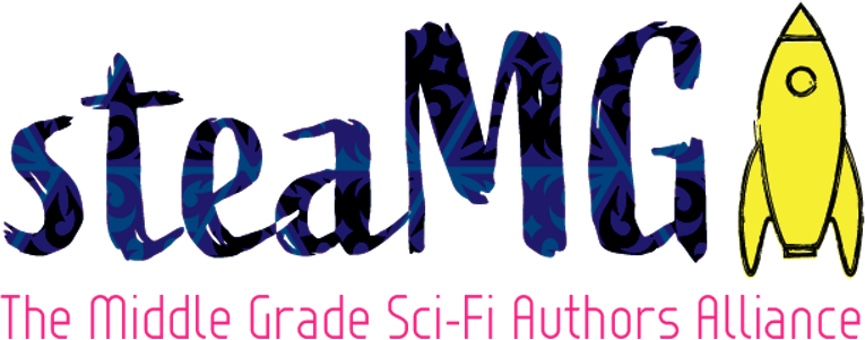Please join me in welcoming new steaMG member Aimee Lucido.
When people find out that I’m a writer and a software engineer, I usually get one of two reactions. People either respond with something along the lines of “Coding and writing? They’re so different!” or “Girls in STEM is so trendy right now. You should write about it!” Both of these reactions used to drive me nuts.
The first one because coding and writing never really seemed that different to me, and the second because after spending 60 hours per week coding for my day job, the last thing on earth that I wanted to do on nights and weekends was to write about coding.
It’s only now that I’m three months away from my debut that I’m starting to realize how contradictory my reactions were to these two responses. On the one hand, I had spent my life convincing myself and everyone I came into contact with that coding and writing were one and the same, but on the other hand, I wanted them to be opposites. I did them at opposite hours of the day, on opposite days of the week, because programming was my “real” life, and writing was my “someday” life. And I spent so much time doing each, why would I ever want to let one bleed into the other?
Until very recently, writing was my break from coding, and coding was my break from writing. Whenever I encountered a bug I couldn’t fix, I’d work on my novel. And whenever I found a plot hole I couldn’t fill, I’d work on my app. And as I moved up in the world of tech, and as my dream of being an author became closer and closer to reality, it was more important than ever that coding and writing remain opposites.
Nothing could convince me otherwise: not when STEM started to trend in the kidlit world; not when the thousandth person told me I should write a book about a twenty-something-year-old woman moving to Silicon Valley to work at a tech company; not even when I was approached to write a Babysitters Club-esque series about teen girl coders.
It wasn’t until my final semester at the MFA program at Hamline University that the idea for EMMY IN THE KEY OF CODE hit me. And once it did, it wouldn’t leave me alone.
EMMY IN THE KEY OF CODE blurs the lines between science and art. It sits on the border of all the letters in STEAM, using a hybrid of poetry and code to tell the story of a girl learning to find her own music in the world of computers. It was a story that had to be written, and it was a story that had to be written by me.
After so many years of avoiding it, it was finally time to combine my two lives: coding and writing.
Both coding and writing use words, symbols, and whitespace to convey meaning. Both are little more than a language used to encapsulate an idea, story or iPhone app. Both involve synthesizing large amounts of data into concise bits of information, and both require the creator to hold giant maps of dependencies in their heads.
But most importantly, both are things that are such a part of me that combining them—once I gave myself permission—felt as natural as breathing.
EMMY IN THE KEY OF CODE is the book of my heart. It’s something that only I could have written, and in so many ways it feels like a culmination of everything that has ever mattered to me: music, friendships, family, and finally, the combination of writing and code.


